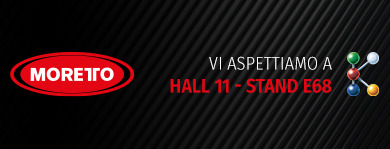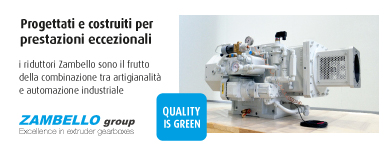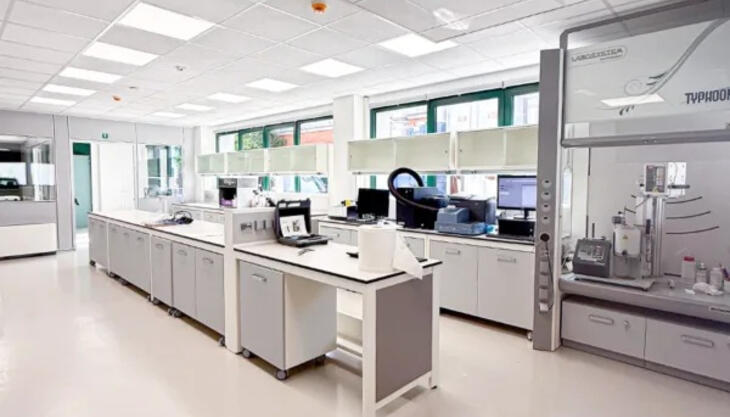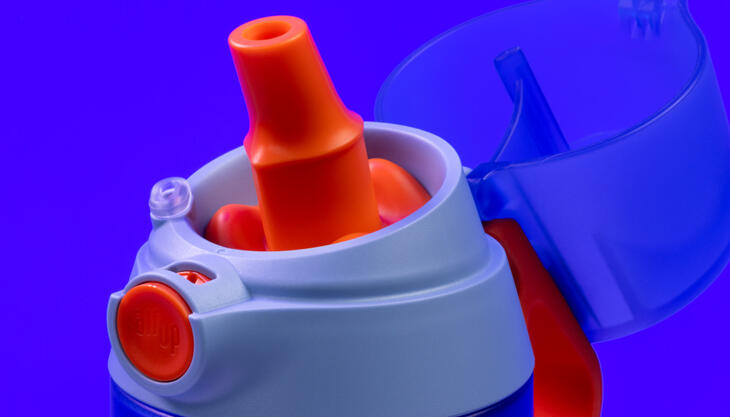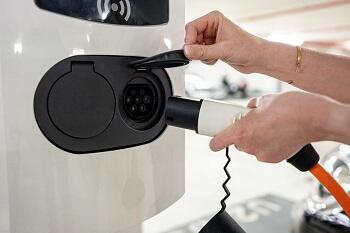
According to a study conducted by the Nuremberg Society for Consumer Research (GfK), sales of technical consumer goods increased in 2020 despite the coronavirus pandemic. The demand for household appliances, too, remains strong because many consumers are increasingly investing in their own four walls. The result is growing demand for flame-retardant plastics that meet the international fire resistance standard IEC/EN 60335-1 for components of unsupervised household appliances like dishwashers. In response, Lanxess is expanding its range of flame-retardant compounds to include material variants that offer a high degree of flame resistance in glow wire tests performed according to this standard.
The latest addition to this range is the halogen-free, flame-retardant Durethan BKV30FN34, which is aimed primarily at users who - for safety reasons - prefer glow wire testing on the end product in accordance with the strict conditions and requirements of the standard for domestic appliances (Glow Wire End Product Test, IEC 60695-2-1). “This polyamide 6 compound offers tremendous safety reserves thanks to its high degree of flame resistance. This opens up greater freedom in the geometric design of components,” says Alexander Radeck, expert in flame-retardant plastics in the High Performance Materials (HPM) business unit.
High creepage current resistance and elongation at break
The glow wire resistance of this new polyamide 6 has already been certified by VDE Pruef- und Zertifizierungsinstitut (the German association of electrical engineering, electronics and information technology) with a GWIT value of 775°C for wall thicknesses of between 0.4 and 3.0 mm (Glow Wire Ignition Temperature, IEC 60695-2-13). Another advantage of this material is its high tracking resistance of 600 V (CTI A, Comparative Tracking Index, IEC 60112), which reduces the risk of short circuits and defects caused by creepage currents. This allows designers to make electrical and electronic modules more compact, in turn reducing the size of the final product. The plastic, which is reinforced with 30% by weight of short glass fibers, also offers high elongation at break. “This means that snap fits, for example, that are somewhat thicker for visual reasons don’t deform and break before they are engaged”, adds Radeck.
Another PBT compound with outstanding glow wire resistance
Another compound designed for glow wire testing on the end product is Pocan TFN4230. The PBT+PET blend is already used in a range of series applications and has been certified by the VDE with a GWIT value of 775 °C (0.4 to 3.0 mm). The material offers not only high tracking resistance, but also outstanding dimensional stability.
“We want to see both these compounds used in housings, microswitches, and connectors for appliances such as washing machines, tumble dryers, and dishwashers. But we also see exciting potential in a range of electrical and electronic components for electric vehicles - especially in the battery charging systems”, concludes Radeck.






